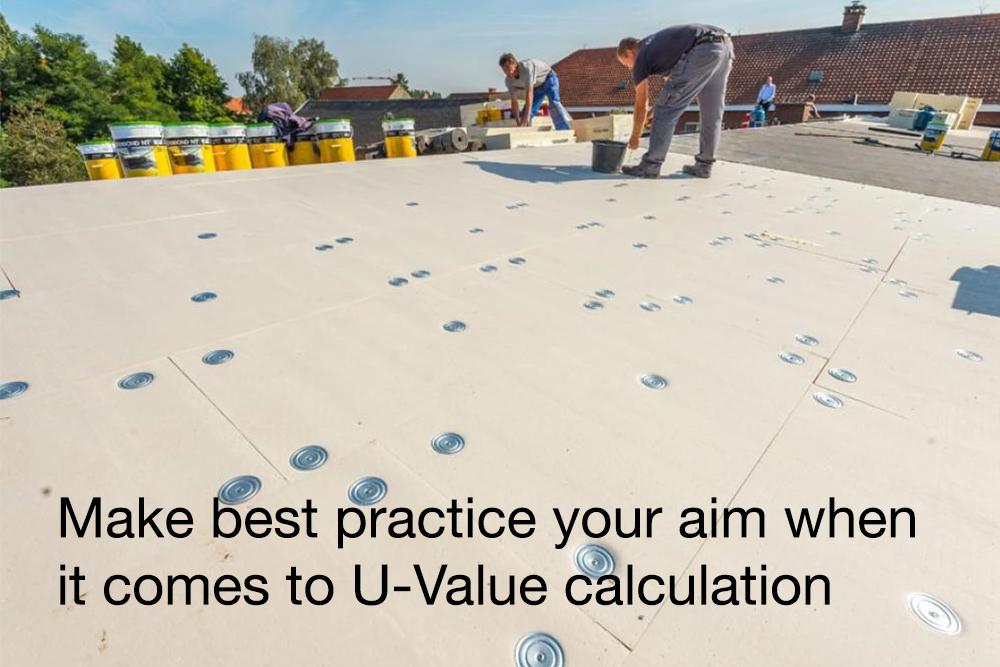Best practice principles not only apply to the design and construction of buildings, they are essential to the process in which building products are specified. This is particularly pertinent to U-value calculation and selecting insulation as an effective regulator of heat loss and gain through a building’s walls, floors and roof.

Correct U-value assessment could be the difference between success and failure in terms of a building’s compliance with current energy regulations. It is also an enabler to creating homes that achieve good levels of comfort and well-being, are cost-effective to run, and are less impactful to the environment.
SAP and SBEM calculations, the government’s method of recording the respective energy performance of dwellings and non-dwellings, set the compliance parameters for a building based on its proposed carbon footprint. This takes into account the anticipated thermal performance of key structural elements and is used as part of the calculation to determine the overall energy performance. The resulting data is used to produce an Energy Performance Certificate (EPC).
Ask the Experts
Early engagement with an expert insulation manufacturer is crucial to the fabric-based composition of walls, floors and roofs to assist with EPC compliance. Recticel’s technical team, for example, will carry out U-value calculations on a customer’s behalf based on their specification. This can then be used as evidence that the specification will meet regulation requirements. As a company committed to improving construction standards for a better-built, more sustainable environment, Recticel provides free anytime access to an online U-value calculator, allowing users to complete their own assessments.
There is no room for error at the building design and specification stage, with the same precise professionalism being of upmost importance to a project’s material installation phase. Poor workmanship could result in costly repair work or worse, building demolition. Hence, installing contractors should take the greatest care to follow a manufacturer’s guidance. This is particularly pertinent to insulation, which must uphold a building’s long-term thermal performance whilst meeting current compliance requirements.
Elements of a building project are subject to change, with cost being a common cause of material substitution. However, full consideration should be given prior to any substitution, as the money saved could be greatly outweighed by the expense of nullifying the impact of incorrect product specification. Product changes rarely happen in isolation, as amendments often impact other building details, resulting in additional alterations and the potential for project delays. Therefore, it is best practice to outline any proposed product or material changes to a project’s designer.
Installers: Mind the Knowledge Gap
Familiarity breeds success when it comes to building product installation. Installing contractors have a greater chance of completing the process efficiently if they are better aware of the composition and performance of the item they are handling. Certain products may look the same but can vary wildly in respect of U-value compatibility and in-situ performance. For a satisfactory outcome, contractors should have the necessary product knowledge before committing to its installation. To overcome a gap in product know-how, contacting the manufacturer for specialist training is recommended.
With revised U-value targets introduced via Part L regulation changes to improve building energy efficiency, it has put further focus on a fabric-first approach to construction and the thermally superior performance of rigid insulation materials. Again, this could be another area where training will benefit contractors looking to create the ideal thermal envelope.
In summary, correct U-value calculation is an effective route to building energy-compliant homes that excel in terms of comfort and well-being. However if carried out incorrectly, the side effects can be costly.
Use our U-Value Calculator
If you want to make sure your next project has the correct U-value outcomes. Use our online U-value Calculator now!